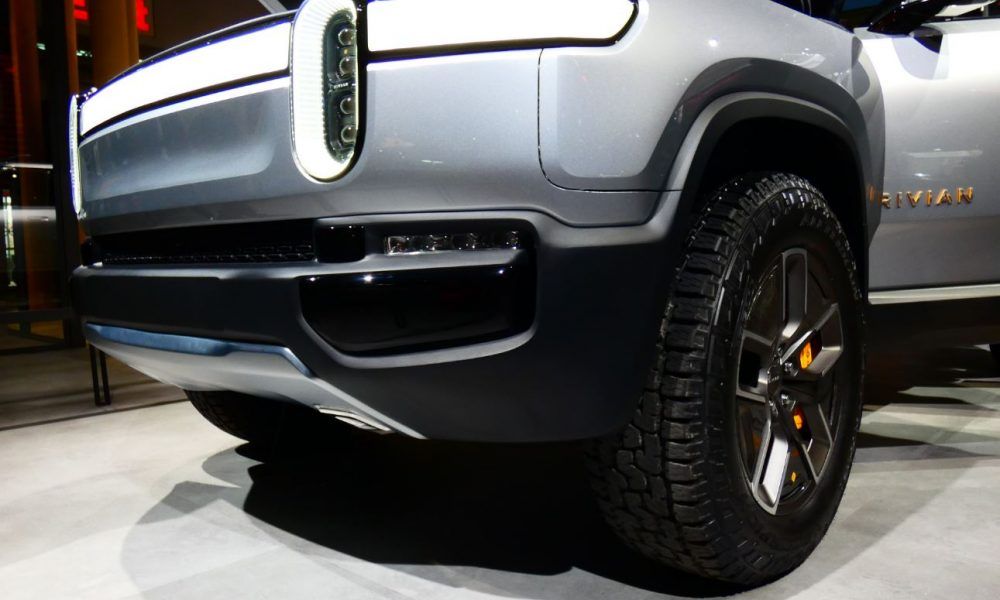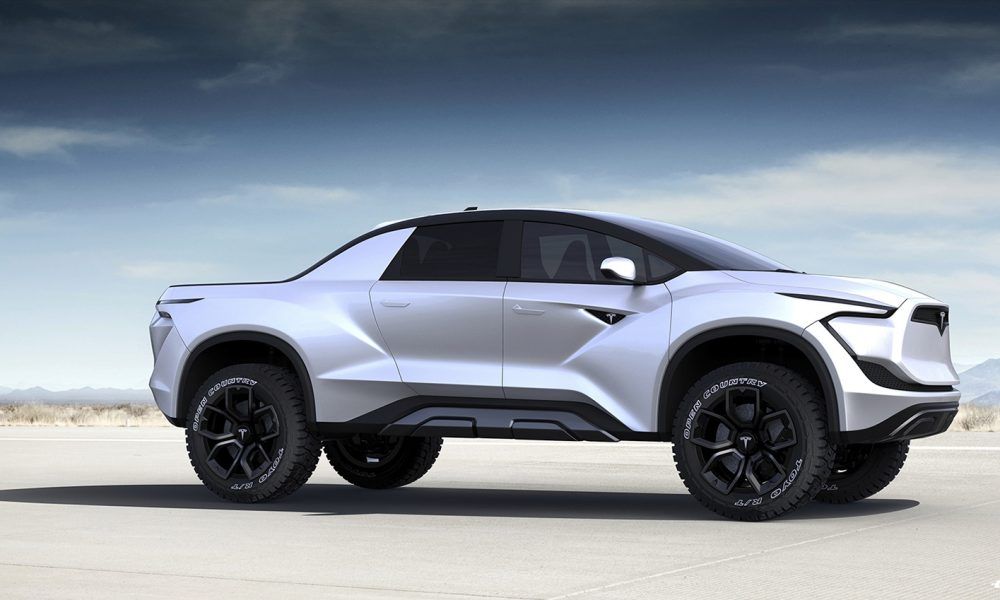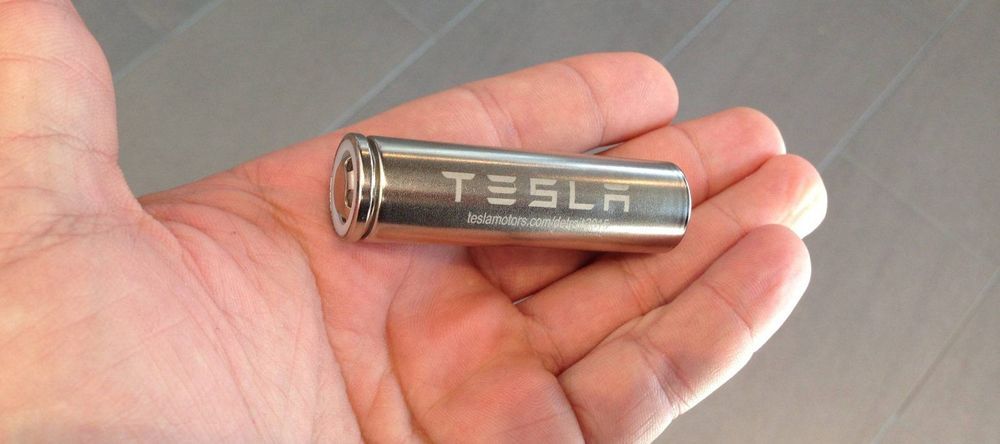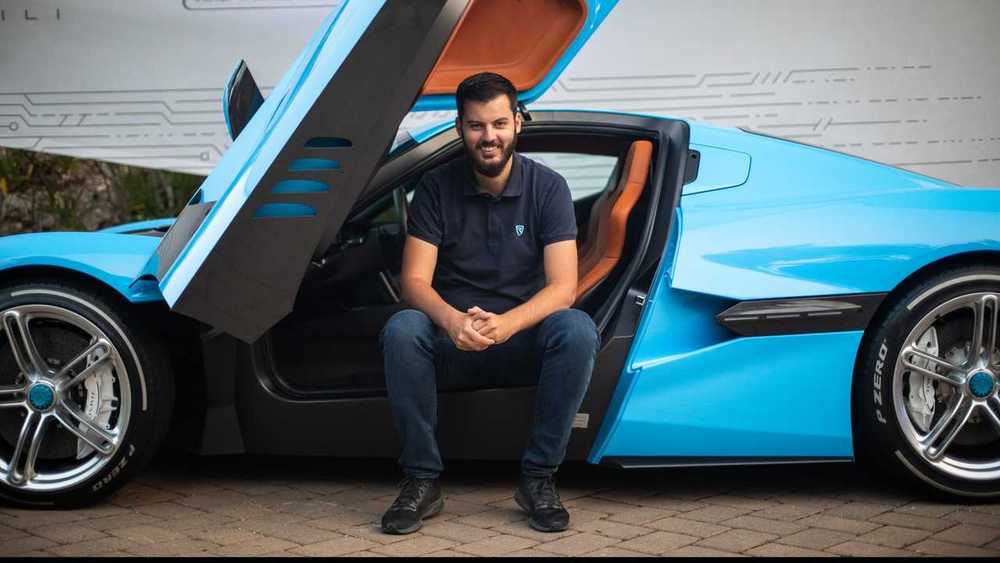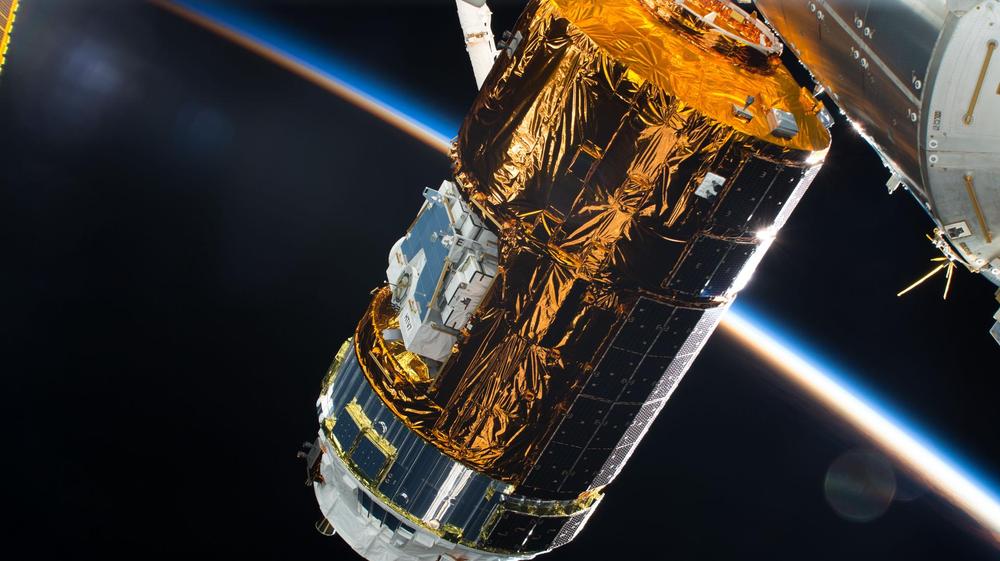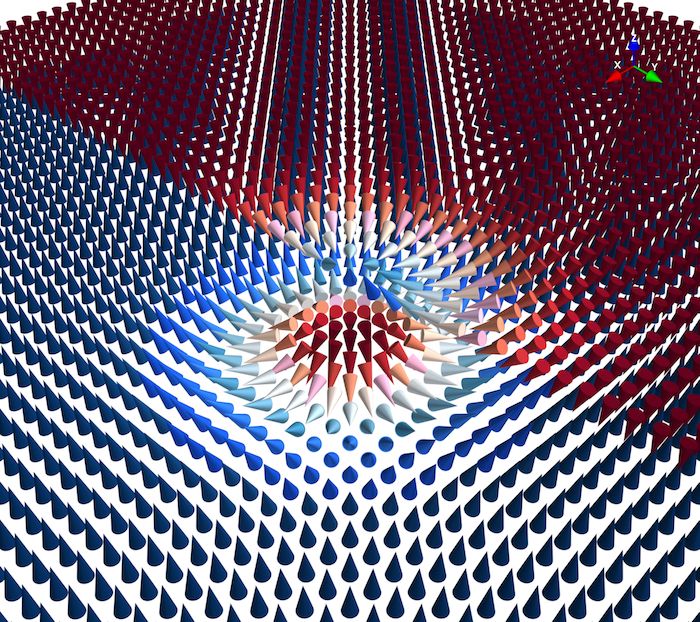Sep 9, 2019
Cambridge startup claims breakthrough electric car battery that can charge in 6 minutes
Posted by Shailesh Prasad in categories: nanotechnology, sustainability, transportation
A startup that spun out of Cambridge University claims a battery breakthrough that can charge an electric car in just six minutes.
It’s something we heard before, but the difference here is that they claim that they can commercialize the new battery as soon as next year.
The startup, Echion Technologies, was founded by Dr. Jean De La Verpilliere while he was studying for his PhD in nanoscience at the University of Cambridge.




